Guanghui Sun
Multimodal Spiking Neural Network for Space Robotic Manipulation
Aug 10, 2025Abstract:This paper presents a multimodal control framework based on spiking neural networks (SNNs) for robotic arms aboard space stations. It is designed to cope with the constraints of limited onboard resources while enabling autonomous manipulation and material transfer in space operations. By combining geometric states with tactile and semantic information, the framework strengthens environmental awareness and contributes to more robust control strategies. To guide the learning process progressively, a dual-channel, three-stage curriculum reinforcement learning (CRL) scheme is further integrated into the system. The framework was tested across a range of tasks including target approach, object grasping, and stable lifting with wall-mounted robotic arms, demonstrating reliable performance throughout. Experimental evaluations demonstrate that the proposed method consistently outperforms baseline approaches in both task success rate and energy efficiency. These findings highlight its suitability for real-world aerospace applications.
Language-Conditioned Open-Vocabulary Mobile Manipulation with Pretrained Models
Jul 23, 2025Abstract:Open-vocabulary mobile manipulation (OVMM) that involves the handling of novel and unseen objects across different workspaces remains a significant challenge for real-world robotic applications. In this paper, we propose a novel Language-conditioned Open-Vocabulary Mobile Manipulation framework, named LOVMM, incorporating the large language model (LLM) and vision-language model (VLM) to tackle various mobile manipulation tasks in household environments. Our approach is capable of solving various OVMM tasks with free-form natural language instructions (e.g. "toss the food boxes on the office room desk to the trash bin in the corner", and "pack the bottles from the bed to the box in the guestroom"). Extensive experiments simulated in complex household environments show strong zero-shot generalization and multi-task learning abilities of LOVMM. Moreover, our approach can also generalize to multiple tabletop manipulation tasks and achieve better success rates compared to other state-of-the-art methods.
On Deep Recurrent Reinforcement Learning for Active Visual Tracking of Space Noncooperative Objects
Dec 29, 2022Abstract:Active tracking of space noncooperative object that merely relies on vision camera is greatly significant for autonomous rendezvous and debris removal. Considering its Partial Observable Markov Decision Process (POMDP) property, this paper proposes a novel tracker based on deep recurrent reinforcement learning, named as RAMAVT which drives the chasing spacecraft to follow arbitrary space noncooperative object with high-frequency and near-optimal velocity control commands. To further improve the active tracking performance, we introduce Multi-Head Attention (MHA) module and Squeeze-and-Excitation (SE) layer into RAMAVT, which remarkably improve the representative ability of neural network with almost no extra computational cost. Extensive experiments and ablation study implemented on SNCOAT benchmark show the effectiveness and robustness of our method compared with other state-of-the-art algorithm. The source codes are available on https://github.com/Dongzhou-1996/RAMAVT.
Space Non-cooperative Object Active Tracking with Deep Reinforcement Learning
Dec 18, 2021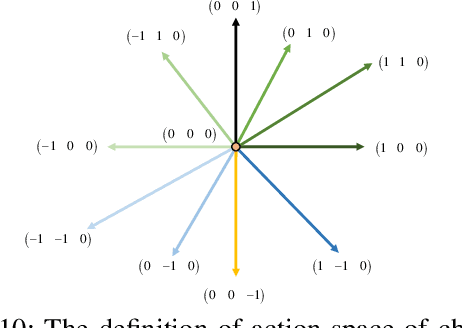

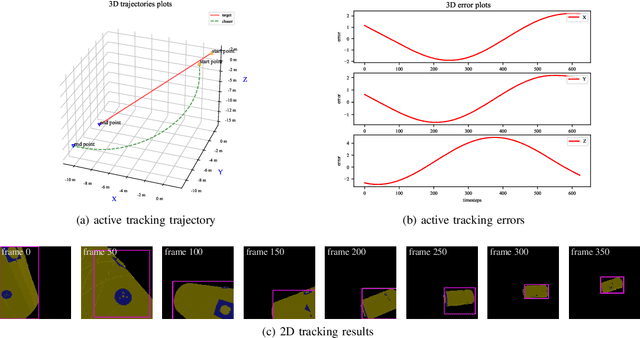
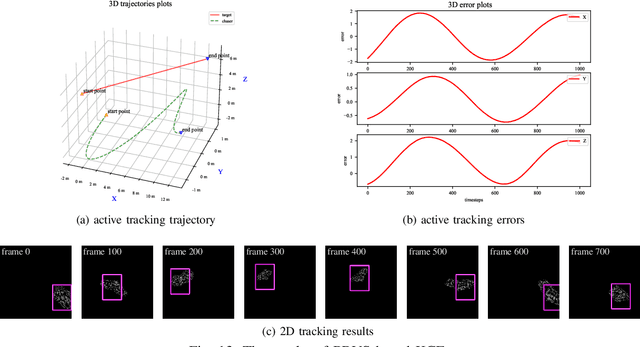
Abstract:Active visual tracking of space non-cooperative object is significant for future intelligent spacecraft to realise space debris removal, asteroid exploration, autonomous rendezvous and docking. However, existing works often consider this task into different subproblems (e.g. image preprocessing, feature extraction and matching, position and pose estimation, control law design) and optimize each module alone, which are trivial and sub-optimal. To this end, we propose an end-to-end active visual tracking method based on DQN algorithm, named as DRLAVT. It can guide the chasing spacecraft approach to arbitrary space non-cooperative target merely relied on color or RGBD images, which significantly outperforms position-based visual servoing baseline algorithm that adopts state-of-the-art 2D monocular tracker, SiamRPN. Extensive experiments implemented with diverse network architectures, different perturbations and multiple targets demonstrate the advancement and robustness of DRLAVT. In addition, We further prove our method indeed learnt the motion patterns of target with deep reinforcement learning through hundreds of trial-and-errors.
A General Framework for Lifelong Localization and Mapping in Changing Environment
Nov 22, 2021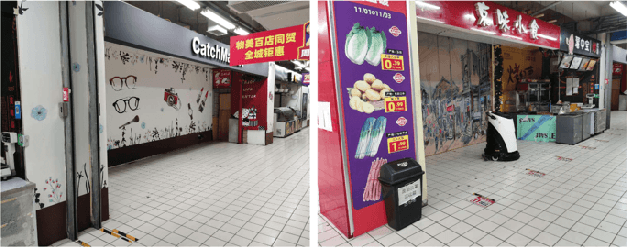
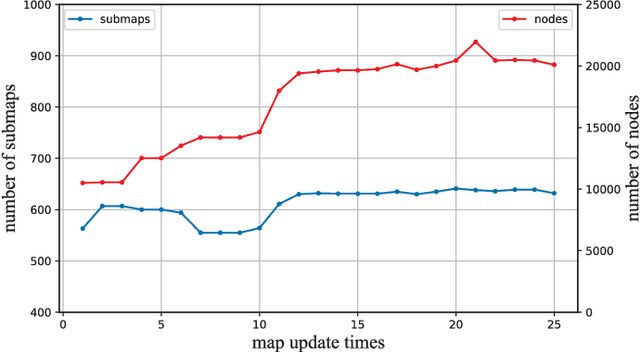
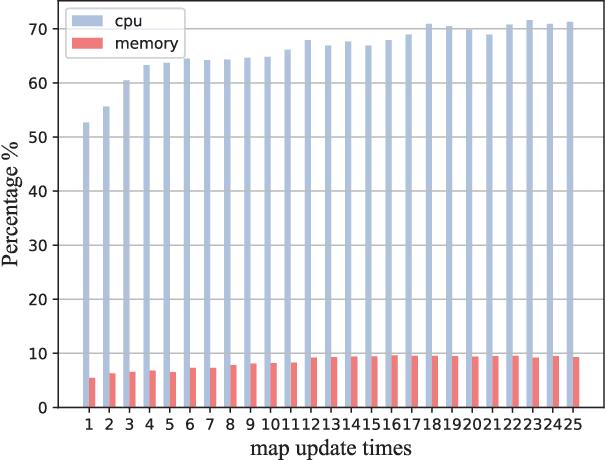
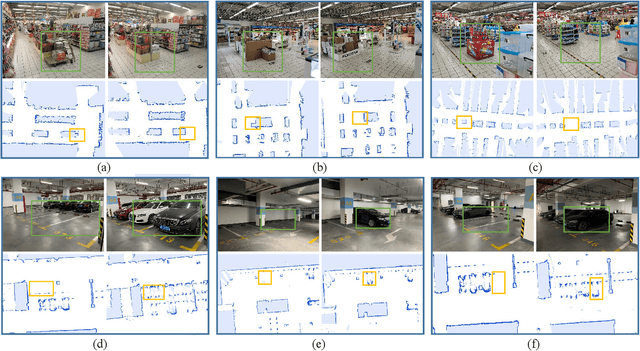
Abstract:The environment of most real-world scenarios such as malls and supermarkets changes at all times. A pre-built map that does not account for these changes becomes out-of-date easily. Therefore, it is necessary to have an up-to-date model of the environment to facilitate long-term operation of a robot. To this end, this paper presents a general lifelong simultaneous localization and mapping (SLAM) framework. Our framework uses a multiple session map representation, and exploits an efficient map updating strategy that includes map building, pose graph refinement and sparsification. To mitigate the unbounded increase of memory usage, we propose a map-trimming method based on the Chow-Liu maximum-mutual-information spanning tree. The proposed SLAM framework has been comprehensively validated by over a month of robot deployment in real supermarket environment. Furthermore, we release the dataset collected from the indoor and outdoor changing environment with the hope to accelerate lifelong SLAM research in the community. Our dataset is available at https://github.com/sanduan168/lifelong-SLAM-dataset.
 Add to Chrome
Add to Chrome Add to Firefox
Add to Firefox Add to Edge
Add to Edge